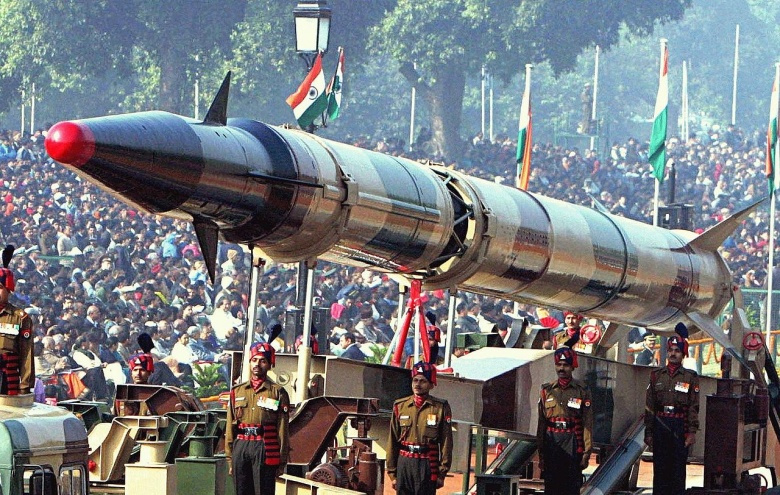The Indian atomic energy programme has continuously benefitted from, and has in turn benefitted, the growth of the peaceful uses of nuclear energy in other countries.
The numerous agreements signed by India with other countries for mutual cooperation and collaboration in various aspects of nuclear science and technology are testimony to our commitment to promote international understanding, and techno-economic exchanges.
ADVERTISEMENTS:
On a bilateral basis and through the international Atomic Energy Agency exchange of experts and trainees in a host of specialized in seminar, conferences and symposia, have been the hall mark of our programme. Many trainees from other countries including a significant proportion from other developing countries have benefitted from the expertise and facilities available in our atomic energy establishments.
From the nature of scientific developments that have been taking place in the atomic energy programme, we have learnt some important lesson. Firstly, scientific organization, where innovation is very important require different kinds of management and administrative systems. A very high degree of autonomy consistent with a high degree of accountability is necessary for scientific organization. Secondly, development of technology does not stop with research alone.
In the Bhabha Atomic Research Centre we have combined the whole spectrum of activities in the transfer of technology continues. Its activities comprise design, development and production. There was a very high degree of self-reliance in fabricating equipment for research purposes, the scientists built up a very high degree of self- confidence to execute large programmes.
A whole range of electronic instruments for nuclear, industrial, medical and scientific applications has been developed by the various units of the Department of Atomic Energy and has been successfully transferred to the Electronics Corporation of India. Efforts in laser technology have resulted in the development of instruments such as laser photocoagulator’ for correcting retinal detachment. Gas chromatographic equipments indispensable for scientific research have been developed and licensed for manufacture by an Indian company.
ADVERTISEMENTS:
The indigenous development and production of radio-pharmaceuticals and nuclear medical equipment such as ‘scanners’ have led to the utilization of advanced tools and techniques in the area of medical diagnosis and therapy for the welfare of the people. A major programme for increasing the coverage of nuclear medicine in the country from the present annual level of 09 by 1995 a tenfold increase in ten years-has been envisaged. For this purpose, four zonal radiation medicine centres, over a hundred small centres in the country’s medical college hospitals and a large radio-pharmaceuticals production plant are proposed to be set up.
A strong leadership, trust and support at the political level are essential for the success of such innovative programmes.’

